 |
| "Perfect For Live Capture And Recording Choral Groups" ©Everything Audio Network |
Brevis...
Price: $599 retail
Likes: stealth-like, good sounding mic
Dislikes: lacks separate stereo mount
Dislikes: lacks separate stereo mount
Wow Factor: a staple for choir miking
by Richard Alan Salz
When the MB5050 Microboom™ System form Audix showed up at my door the first thing that came to mind was that someone had sent me a piece of artwork that was rolled up in a cardboard poster tube!. As I opened up the tube I said, hold on a second, I didn’t order a fishing rod!
When the MB5050 Microboom™ System form Audix showed up at my door the first thing that came to mind was that someone had sent me a piece of artwork that was rolled up in a cardboard poster tube!. As I opened up the tube I said, hold on a second, I didn’t order a fishing rod!
All kidding aside, the MB5050 System is an amazingly versatile microphone accessory/small diaphragm mic setup that I’ve found many uses for in the time that I used it on my studio and out in the field.
Features
The MB5050 MicroBoom with Audix M1250B Cardioid Condenser Microphone, priced at $599 retail, should be thought of as a modular system — in that it combines a 50-inches long, carbon-fiber microphone boom (with integrated internal wiring) and a microphone preamp/capsule. The included conversion cable is a must — as the output from the boom (and connection to the M1250B) is a mini-XLR.
Various options are available with regards to the MicroBoom system, including a choice of 24- 50- or 84-inch booms, and microphone capsules of varying sensitivities. The overall fit and finish is up to the usual Audix standard — which in this era of cost cutting, outsourcing, and general de-contenting of products — is truly welcome. It fits on standard mic stand attachment configurations
 |
| Audio gets great sound from a small mic |
Without actually holding the cardioid (uni-directional) microphone body/capsule in your hand, it’s hard to emphasize just how small it actually is at just over two inches long and about the same diameter as an AAA battery! That said, it doesn’t feel fragile and should stand everyday usage by a professional. It should be noted that this small microphone also houses the mic preamp circuitry, something that is usually provided as a separate module for a condenser mic of this size.
Specs include a frequency response of 50 Hz - 19 kHz (no tolerance listed), 150 ohms output impedance. The M1250B sensitivity is listed at 10 mV/Pa (C) @ 1k10 mV/Pa (HC). Signal/Noise Ratio (A-weighted) is 73 dB. Equivalent Noise Level (A-weighted) is 21 dB. The maximum SPL is greater than 140 dB.
Reeling in the tones…
The usage scenarios of the MB system are many, but the main takeaway is that the MB system excels when you need full range sound in a nearly invisible form factor. The classic example of this kind of usage is, of course, a vocal chorus. Nobody wants to see a pair of AKG 414’s, or even traditional pencil-shaped, small-diaphragm condensers hanging down to (or rising up from) the stage or pulpit area. The form factor of the MB5050 renders it virtually invisible to the audience, and its incognito appearance makes it non-intimidating to talent, especially that of the less-seasoned variety.
Additionally, the MicroBoom system because of its super maneuverability can simply fit places that no ordinary microphone can. Think the tiny gap between high-hat stand and snare drum, or buried deep in the strings of a John Cage-style prepared piano!
In Use
I pressed the MB5050 system into use both in the studio and in live sound applications, and really liked what I heard. The sonics of the MB5050 are not going to match the tone of a vintage Neuman KM184 or a Schoeps, but the overall package pricing is but a fraction of those microphone’s cost — and let’s face it — you would not want to put those mics in “danger” of being damaged in the same way you’d put a modern microphone like the Audix. And ultimately, the sound of the tiny Audix MB mic is quite good.
 |
| Audix's Cliff Castle: "MB has become staple for choir miking" |
Used during a Bluegrass concert, the MB5050 system turned out to be just the trick for bringing the sound of a fiddle player’s vintage German instrument up in the house system — without drawing unwanted attention to itself, or sounding shrill and unnatural in the way that a bridge transducer might. With just a little bit of attention paid to the positioning and gain-staging, we had no problem with unwanted feedback, and the microphone seemed pretty tolerant with respect to the player moving around during the show.
As a test, I brought the MB5050 system to my son’s school to see how it would do during their Christmas concert to provide a little bit of spot highlighting for the soloists as they came forward on the stage. Once again, the MB5050 (this time hung from the lighting grid) worked really well, and its matte-black finish and small size was not distracting to the performers or audience. This shouldn’t be surprising, as the MB5050 system has become a favorite for the worship market.
Used during a Bluegrass concert, the MB5050 system turned out to be just the trick for bringing the sound of a fiddle player’s vintage German instrument up in the house system — without drawing unwanted attention to itself, or sounding shrill and unnatural.
Back in the studio, the MB5050 found all sorts of interesting roles, ranging from overhead microphone to capturing the player’s perspective at the drum set. It would have been even better to have had a pair since the microphone’s 140-dB maximum SPL could allow some high volume recording for stereo work..
I found the MB5050 to be relatively quiet (for a small diaphragm condenser microphone) and fairly balanced in its response (within limits). This is not the microphone for recording a baritone vocalist doing a radio spot, but neither is it peaky or unpleasant.
I had good success threading the MB5050 into the depths of the back of a Fender silverface Quad Reverb amplifier (mounted in a Super Twin cabinet…don’t ask!) in order to capture the backwave from the JBL speakers. No matter how loud the amp was, the MB5050 did not appear to break up at all, and it was amazing how different the sound was — just by moving the microphone a few inches within the cabinet.
The MB5050 system shined on percussion instruments, having a clean and focused presentation of triangle, shaker, and cabasa. I liked it less on cowbell, feeling like I needed a microphone with more bottom end response. Still, it did okay.
The verdict
The Audix MB5050 MicroBoom system could easily find a home in most studios and in virtually all live sound venues. The MB system is a natural to serve for choir duties. It also works well for gentle amplification (or recording duties) in a praise band setting. According to Audix VP Cliff Castle, the MicroBoom Series is quite popular for miking choirs and other vocals music setups, due to its quality microphone and unobtrusive mount. Church choirs are big customers of the MB system.
Though not a budget mic/mount system, the excellent fit and finish, versatility, and great sound make the MB5050 MicroBoom system a great choice for live sound reinforcement and recording studio usage! It deserves the Everything Audio Network Stellar Sound Award for the mic’s sound quality, and the usefulness, versatility and quality of the build.
Richard Alan Salz is a musician, recording/live sound engineer and the president of On-Site Acoustic Testing, based in headquartered in Vermont. He also has massed a collection of 30+ guitars and several collectible classic guitar amplifiers. He can be reached at his email: sales@onsiteacoustictesting.com. Articles on this site are the copyright of the ©Everything Audio Network. Any unauthorized use, via print or Internet, without written permission is prohibited.
Richard Alan Salz is a musician, recording/live sound engineer and the president of On-Site Acoustic Testing, based in headquartered in Vermont. He also has massed a collection of 30+ guitars and several collectible classic guitar amplifiers. He can be reached at his email: sales@onsiteacoustictesting.com. Articles on this site are the copyright of the ©Everything Audio Network. Any unauthorized use, via print or Internet, without written permission is prohibited.







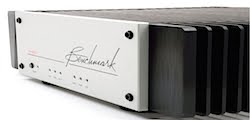


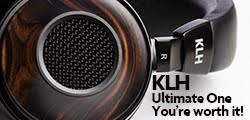
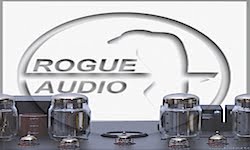

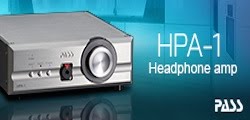


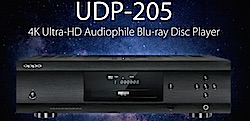


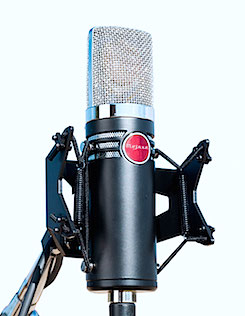
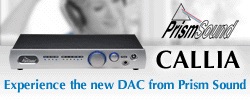
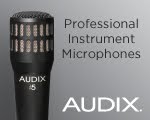









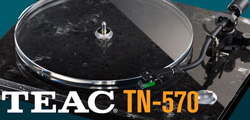





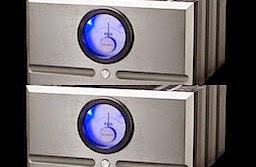



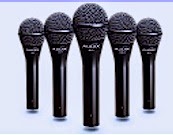


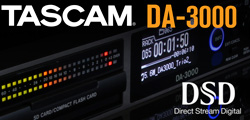

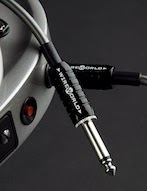

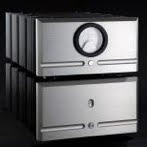









No comments:
Post a Comment